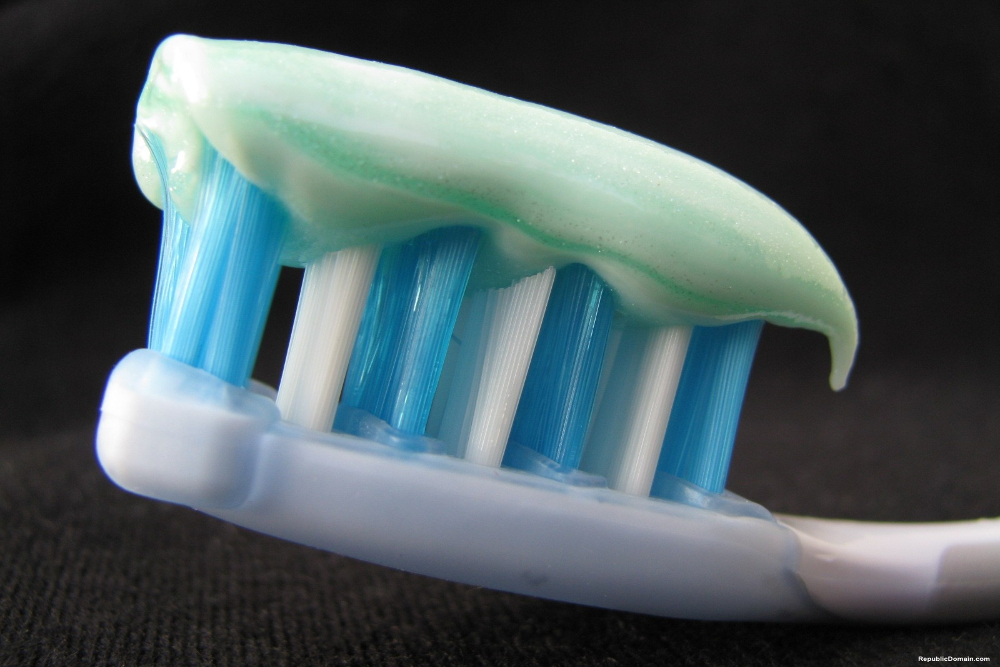
Is Your Toothpaste Loaded with Toxic Ingredients?
Over the course of a lifetime, the average American uses about 20 gallons of toothpaste, and even though you don't swallow it, chemicals in the toothpaste can make their way into your bloodstream, courtesy of the fact that your mouth has an absorption efficiency rate of more than 90 percent.
With this in mind, it's well worth considering what you're brushing your teeth with on a daily basis. Many popular brands contain highly questionable ingredients that are best avoided for long-term health.
August 31, 2016 | Source: Mercola | by Dr. Joseph Mercola
Over the course of a lifetime, the average American uses about 20 gallons of toothpaste,1 and even though you don't swallow it, chemicals in the toothpaste can make their way into your bloodstream, courtesy of the fact that your mouth has an absorption efficiency rate of more than 90 percent.2
With this in mind, it's well worth considering what you're brushing your teeth with on a daily basis. Many popular brands contain highly questionable ingredients that are best avoided for long-term health.
A recent report by The Cornucopia Institute, an organic industry watchdog, highlights many of the problems in the regulation of cosmetic ingredients. Contrary to popular belief, the industry is allowed to largely regulate itself, which has allowed many hazardous ingredients to be introduced.
Is Your Toothpaste Loaded With Toxins?
The Cornucopia report, "Behind the Dazzling Smile: Toxic Ingredients in Your Toothpaste"3 and accompanying scorecard,4 reveals the potential risks associated with a number of common toothpaste ingredients — chemicals known to have endocrine disrupting, inflammatory and/or carcinogenic activity, for example.
This is true even for brands marketed as "natural;" a definition that has no legal or regulatory meaning whatsoever, even though most people believe it does.
In the U.S., a mere 11 synthetic ingredients are prohibited for use in cosmetics. In comparison, the European Union (EU) has banned more than 1,300 ingredients and restricts another 250 compounds from being used in cosmetics, including:
• Sodium benzoate (synthetic preservative)
• Potassium sorbate (synthetic preservative)
• Sodium laureth sulfate (surfactant)
• Artificial flavors and colors linked to behavioral problems in children
